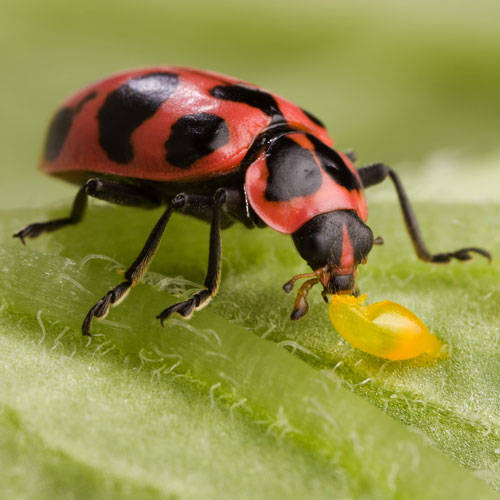 |
| All the carrot family flowers are umbrella-like, but the flowers vary in color and arrangement. Beneficial insects love all the tiny flowers. Dill smells exactly like dill pickles. |
Almost Eden and his dog Opie were outside when Sassy and I walked over. I wanted to check out the carrot family weeds on his berm, which is a lab for anything goes plants. He got the topsoil free from a construction site. They messed up their scraping of the soil and could not process it for sale. He gladly took it. Topsoil disturbed will expose past weed seeds and welcome new ones planted by the wind and the birds.
One cluster like mine was definitely Queen Anne's Lace. As I learned yesterday from the Net, "Queen Anne has hairy legs." Once I saw the hairy stems, I looked more closely at the flower, which definitely had the spot of "blood" in the middle. Unlike her cousins, Queen Anne decided to have a fake bug painted into the compound flower, to encourage pollination.
People sometimes rave against evolution, but evolution must use the language of Intelligent Design, yea even Creation, to explain what goes on in plants. Every feature has a purpose, and purpose requires design and Creation.
My interest is not only the marvel of Creation by the Word itself, but the perfectly inter-related engineering of each feature and the continuous management of plants and animals.
Some members of the carrot family contribute directly to gardening:
Carrots
Parsley
Fennel
Anise.
 |
| David - The Death of Socrates |
 |
| Hemlock has distinct purple blotches or streaks near its base. |
Queen Anne's Lace is disparaged as a weed known for "truck parking lots," as Jessica Walliser writes. Poison Hemlock is the plant that killed Socrates, when he was given a death sentence and forced to drink it.
Almost Eden pointed out that toxic plants are not so bad since we no longer go out and eat whatever we find in the forest. He said, "Just don't eat it."
Even so, I saw the Poison Hemlock having the potential for many more family members to follow. Growing unbidden in the former sweet corn garden, the plants grew in a cluster, with a cluster of flowers, each complex flower having hundreds of seeds. The opportunistic weed took advantage of the sun and reached 8 feet in height. The Hemlock also had mulch to feed the soil population and extra watering from the blueberries I planted. The greed! The avarice!
I used hedge-clippers to cut the plant at the base and chop it up within the garbage can. I react more to cutting roses, since my skin burns and tingles from rose pollen.
I had another suspect plant along the fence, so I looked for distinctions within the carrot family. This one was not quite in bloom, but had hairy legs. Aha. Next I rolled a leaf to get its aroma - definitely carroty. I will leave the Queen Anne's Lace growing alone the fence, because I like the plant and its attraction to beneficial insects.
Poison Hemlock is supposed to smell mousy but I never detected an odor there.
 |
| The "spot of dried blood" identifies Queen Anne's Lace, so we do not have to mention her hairy legs. |
Dill smells dill pickly and fennel gives off a licorice aroma. Anise has the fragrance of black licorice.

